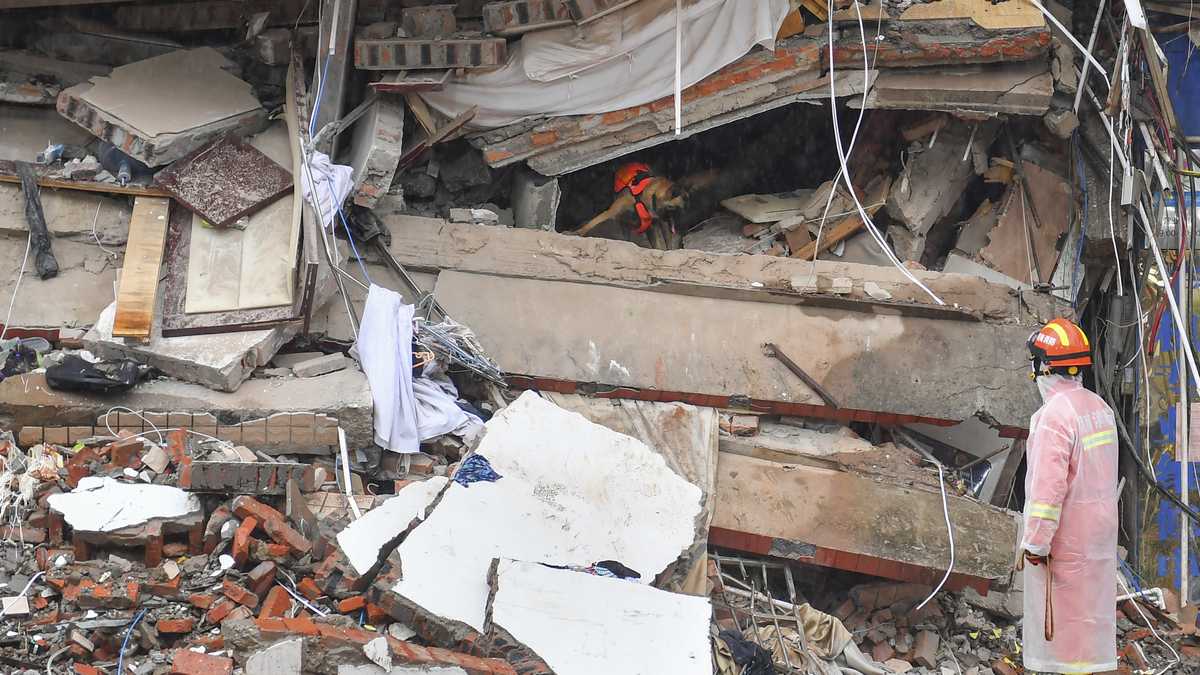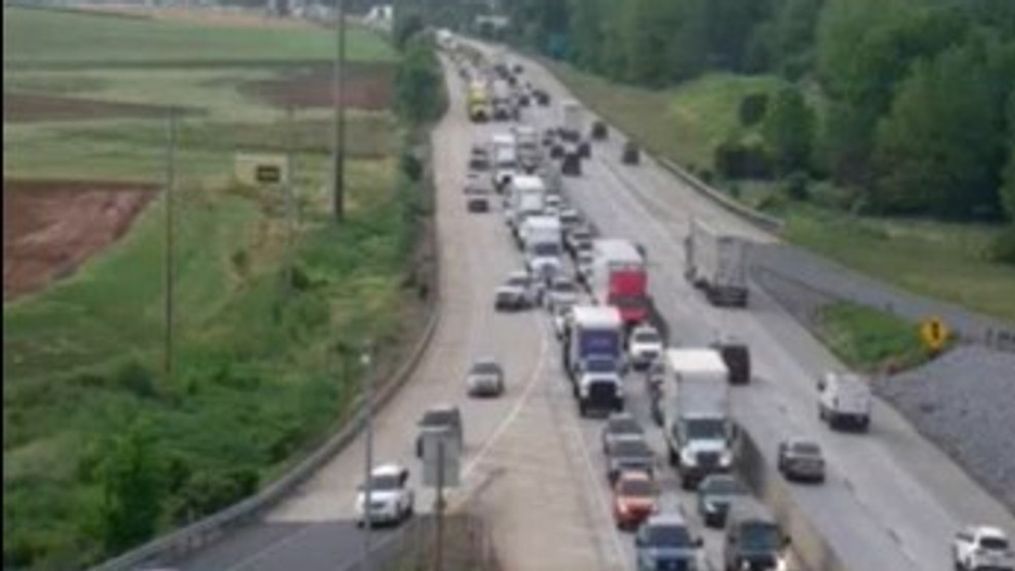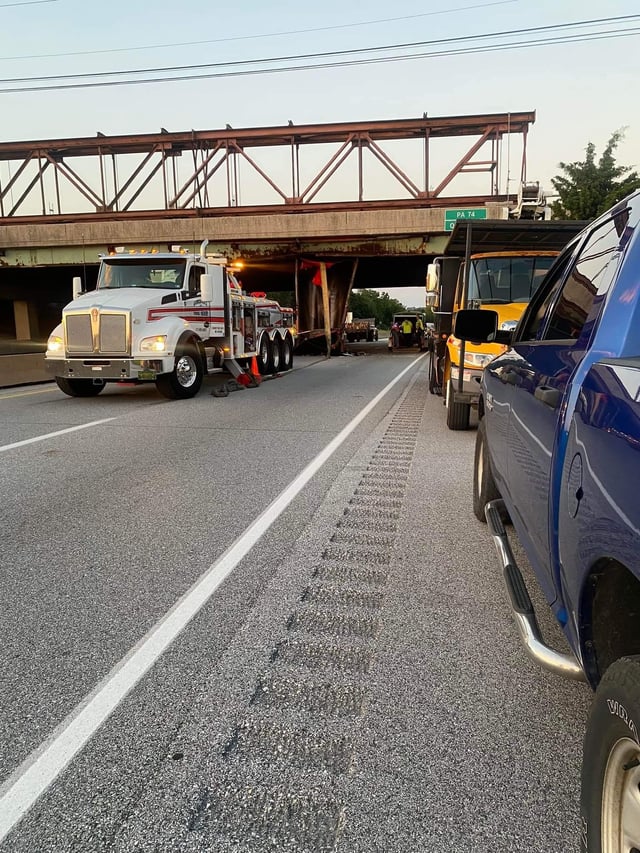Trump's Proposed Golden Dome Missile Shield: A Detailed Plan

Table of Contents
The Conceptual Design of Trump's Golden Dome Missile Shield
Trump's Golden Dome envisions a radical departure from existing ground-based missile defense systems. Instead of relying on land- or sea-based interceptors, this proposal centers on a comprehensive space-based network.
Space-Based Interceptors
The core of the Golden Dome concept involves deploying a vast constellation of interceptors in various orbits around the Earth. This differs significantly from current systems like the Aegis Ashore and THAAD, which have limited ranges and are vulnerable to countermeasures.
-
Advantages of Space-Based Interception:
- Wider Coverage: Space-based interceptors offer significantly broader coverage, potentially protecting a nation from attacks originating from anywhere in the world.
- Faster Response Times: The reduced distance to intercepting targets allows for significantly quicker reaction times compared to ground-based systems.
- Improved Accuracy: Higher orbital altitudes can provide better targeting data and lead to more precise interceptions.
-
Disadvantages of Space-Based Interception:
- Prohibitive Cost: Launching and maintaining a large number of space-based interceptors would require an enormous financial investment.
- Technological Challenges: Developing reliable, durable, and easily deployable space-based interceptors presents substantial technological hurdles.
- Space Debris Concerns: The potential for creating space debris poses a significant threat to other satellites and space operations.
Advanced Sensor Technology
The success of the Golden Dome hinges on advanced sensor technology capable of detecting and tracking incoming ballistic missiles with unparalleled accuracy. This requires a sophisticated network capable of differentiating between actual warheads and decoys.
-
Types of Sensors:
- Infrared Sensors: Detect the heat signature of rocket exhaust plumes.
- Radar Systems: Provide precise tracking data on missile trajectories.
- Electro-Optical Sensors: Offer high-resolution imagery for target identification.
-
Challenges in Sensor Technology:
- Discriminating Decoys: Distinguishing between warheads and decoys is a critical challenge, requiring sophisticated algorithms and advanced signal processing.
- Real-Time Data Processing: The sheer volume of data generated by the sensor network requires high-speed, real-time processing capabilities for effective decision-making.
Integration with Existing Missile Defense Systems
A fully effective Golden Dome would ideally integrate with existing ground and sea-based missile defense systems, creating a layered defense approach.
- Synergies: Ground-based systems could provide early warning and tracking data, supplementing the space-based network.
- Challenges: Integrating disparate systems necessitates seamless data sharing and communication protocols, potentially requiring significant modifications and upgrades.
- Cost-Effectiveness: Effective integration is crucial for maximizing cost-effectiveness and avoiding redundancy.
Feasibility and Technological Challenges of the Golden Dome Project
Transforming the Golden Dome from concept to reality faces significant obstacles.
Technological Hurdles
Numerous technological hurdles must be overcome.
- Advanced Interceptors: Developing interceptors capable of reliably engaging and neutralizing various types of ballistic missiles in space is a monumental undertaking.
- Miniaturization: The need to miniaturize critical components for space-based deployment while maintaining performance is crucial.
- Power Generation: Sustainable power generation in space for extended periods poses a significant challenge.
- System Testing: Rigorous testing and validation of the entire integrated system, including the interceptors, sensors, and command-and-control infrastructure, is essential before deployment.
Cost and Budgetary Implications
The Golden Dome project's financial implications are staggering.
- Estimated Cost: The overall cost could reach hundreds of billions, if not trillions, of dollars.
- Budgetary Priorities: Such a massive investment would necessitate significant reallocation of resources from other national defense priorities.
- International Collaboration: International collaboration could potentially reduce costs and share the burden.
International Legal and Political Ramifications
Deploying a space-based missile defense system carries significant international implications.
- Arms Control Treaties: Compliance with existing arms control treaties is a major concern.
- Arms Race: The deployment of such a system could trigger a new arms race, potentially destabilizing global security.
- International Reactions: The reaction of other world powers, particularly those with significant ballistic missile capabilities, is unpredictable and could be negative.
Alternative Approaches and Comparative Analysis
Examining alternative approaches is crucial to a comprehensive evaluation.
Comparing the Golden Dome to Existing Missile Defense Systems
The Golden Dome differs significantly from existing systems like:
- Aegis Ashore: A land-based system with limited range and vulnerability to countermeasures.
- THAAD: A mobile, ground-based system with a shorter range than Aegis Ashore.
The Golden Dome's proposed space-based approach offers potentially superior coverage and response times but at a significantly higher cost.
Exploring Alternative Missile Defense Strategies
Other approaches to missile defense include:
- Nuclear Deterrence: Maintaining a credible nuclear deterrent remains a cornerstone of national security strategy.
- Cyber Warfare: Disrupting adversary missile launch systems through cyberattacks.
- Economic Sanctions: Imposing economic sanctions to discourage missile development and proliferation.
- International Cooperation: Strengthening international cooperation to prevent the proliferation of ballistic missiles.
Conclusion
Trump's Golden Dome Missile Shield represents an ambitious, yet highly challenging, concept in missile defense. Its space-based design offers potential advantages in coverage and response time, but faces significant technological, financial, and geopolitical hurdles. The sheer scale of the project, coupled with its international ramifications, necessitates careful consideration of alternatives and a thorough cost-benefit analysis. The feasibility of such a system remains highly debatable.
Continue the conversation about Trump's Golden Dome Missile Shield and its potential impact on global security. Share your thoughts and insights in the comments below. Let's explore further the implications of space-based defense, ballistic missile defense systems, and the future of national security strategy.

Featured Posts
-
 Former Ukrainian Official Shot Dead Outside Madrid American School
May 22, 2025
Former Ukrainian Official Shot Dead Outside Madrid American School
May 22, 2025 -
 Partial Collapse Of Historic Chinese Tower Causes Tourist Evacuation
May 22, 2025
Partial Collapse Of Historic Chinese Tower Causes Tourist Evacuation
May 22, 2025 -
 Market Reaction Deciphering Core Weaves Crwv Tuesday Stock Decrease
May 22, 2025
Market Reaction Deciphering Core Weaves Crwv Tuesday Stock Decrease
May 22, 2025 -
 Understanding Jim Cramers Investment In Core Weave Crwv And Its Open Ai Ties
May 22, 2025
Understanding Jim Cramers Investment In Core Weave Crwv And Its Open Ai Ties
May 22, 2025 -
 Reduced Jackson Elk Hunting Season Public Comment Impacts
May 22, 2025
Reduced Jackson Elk Hunting Season Public Comment Impacts
May 22, 2025
Latest Posts
-
 Investigation Launched After Fed Ex Truck Fire On Route 283 Lancaster County
May 22, 2025
Investigation Launched After Fed Ex Truck Fire On Route 283 Lancaster County
May 22, 2025 -
 Interstate 83 Closed Following Produce Truck Accident
May 22, 2025
Interstate 83 Closed Following Produce Truck Accident
May 22, 2025 -
 Fed Ex Truck Catches Fire On Route 283 Lancaster County Traffic Delays
May 22, 2025
Fed Ex Truck Catches Fire On Route 283 Lancaster County Traffic Delays
May 22, 2025 -
 Produce Truck Rollover Shuts Down Part Of Interstate 83
May 22, 2025
Produce Truck Rollover Shuts Down Part Of Interstate 83
May 22, 2025 -
 I 83 Tractor Trailer Crash Involving Produce Shipment
May 22, 2025
I 83 Tractor Trailer Crash Involving Produce Shipment
May 22, 2025
